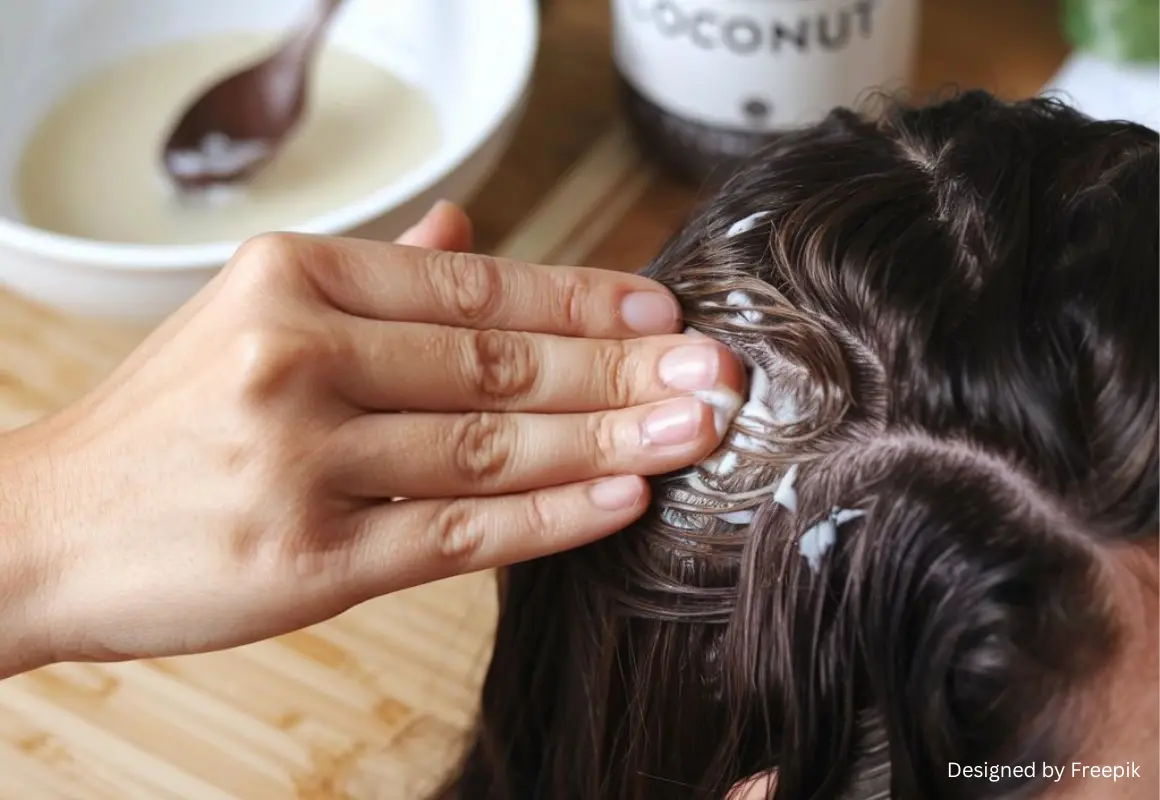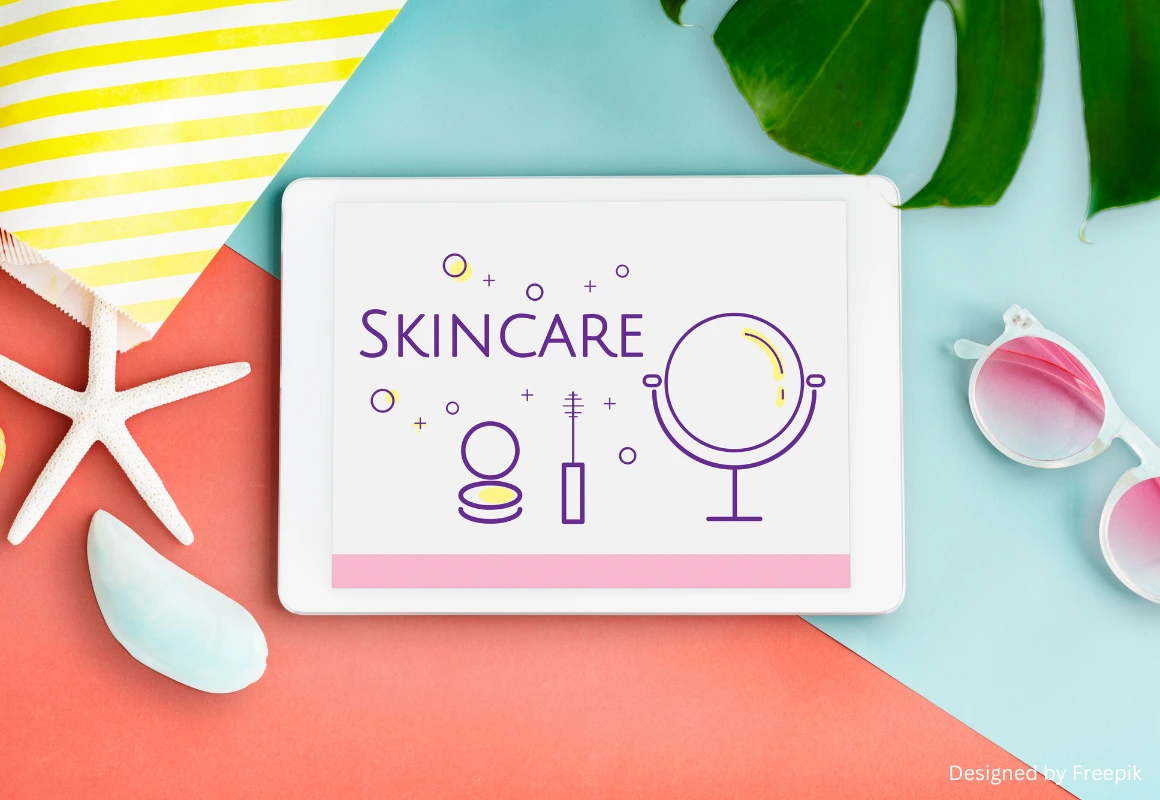Safety of Paraffinum Liquidum (Mineral Oils) in Massage Oils
%20in%20Massage%20Oils.webp)
Mineral Oils in Cosmetics: An Overview
Mineral oils and waxes are critical components in various cosmetic products, particularly massage oils. Their excellent skin tolerance, stability, and protective qualities have made them a staple in skincare. This article delves into their safety profiles, regulatory standards, and the technical details that underpin their widespread use in the cosmetic industry.
Understanding Mineral Oils and Their Composition
Mineral oils and waxes are derived from crude petroleum oil, comprising predominantly mineral oil saturated hydrocarbons (MOSH) and mineral oil aromatic hydrocarbons (MOAH). The refining process involves distillation, extraction, crystallization, and purification, ensuring the removal of impurities and achieving a high purity level. This process results in highly stable oils that resist oxidation and rancidity, crucial for maintaining the integrity and efficacy of cosmetic products, including massage oils.
Regulatory Standards and Safety Profiles
In Europe, the use of mineral oils in cosmetics is tightly regulated under the European Union cosmetics regulation EC/1223/2009. These regulations stipulate stringent purity specifications, particularly concerning polycyclic aromatic hydrocarbons (PAH), to ensure consumer safety. The oils must meet the European pharmacopoeia standards, which include comprehensive quality assurance and refining processes to minimize the presence of potentially carcinogenic substances. This regulatory framework ensures that only the highest quality, safe mineral oils are used in cosmetic products.
Benefits of Mineral Oils in Massage Oils
Mineral oils are highly valued in massage oils for their superior moisturizing properties and non-comedogenic nature. Unlike vegetable oils, which can oxidize and become rancid, mineral oils remain stable over time, ensuring long-term product effectiveness. Their high viscosity options allow for smooth application, providing a protective barrier that prevents skin dehydration during massages. Additionally, their non-allergenic properties make them suitable for all skin types, further enhancing their appeal in cosmetic formulations.
Addressing Concerns and Misconceptions
Despite their long history of safe use, mineral oils have occasionally faced scrutiny regarding their safety. However, extensive studies and reviews by regulatory bodies such as the German Federal Institute for Risk Assessment (BfR) and the European Food Safety Authority (EFSA) have consistently affirmed their safety when used as recommended. These assessments highlight that mineral oils do not penetrate deeply into the skin, preventing systemic absorption and associated health risks. Furthermore, clinical and epidemiological data support the non-carcinogenic nature of highly refined mineral oils.
Technical Insights into Mineral Oil Refining Processes
The refining process of mineral oils involves several stages, including:
- Distillation: Separating the crude oil into different fractions based on boiling points.
- Extraction: Removing unwanted components through selective solvent extraction.
- Crystallization: Purifying the oil by crystallizing and removing impurities.
- Purification: Further refining through acid treatment, hydrotreatment, and/or solvent extraction to ensure high purity and safety
Each step is meticulously controlled to eliminate impurities and ensure the final product meets the highest quality standards. This thorough refining process not only removes potentially harmful substances but also enhances the oil's stability and performance in cosmetic applications. For massage oils, this means a consistent and safe product that delivers optimal benefits to the skin.
- Chuberre, B., Araviiskaia, E., Bieber, T., & Barbaud, A. (2019). Mineral oils and waxes in cosmetics: an overview mainly based on the current European regulations and the safety profile of these compounds. Journal of the European Academy of Dermatology and Venereology, 33(Suppl. 7), 5-14.








.webp)

